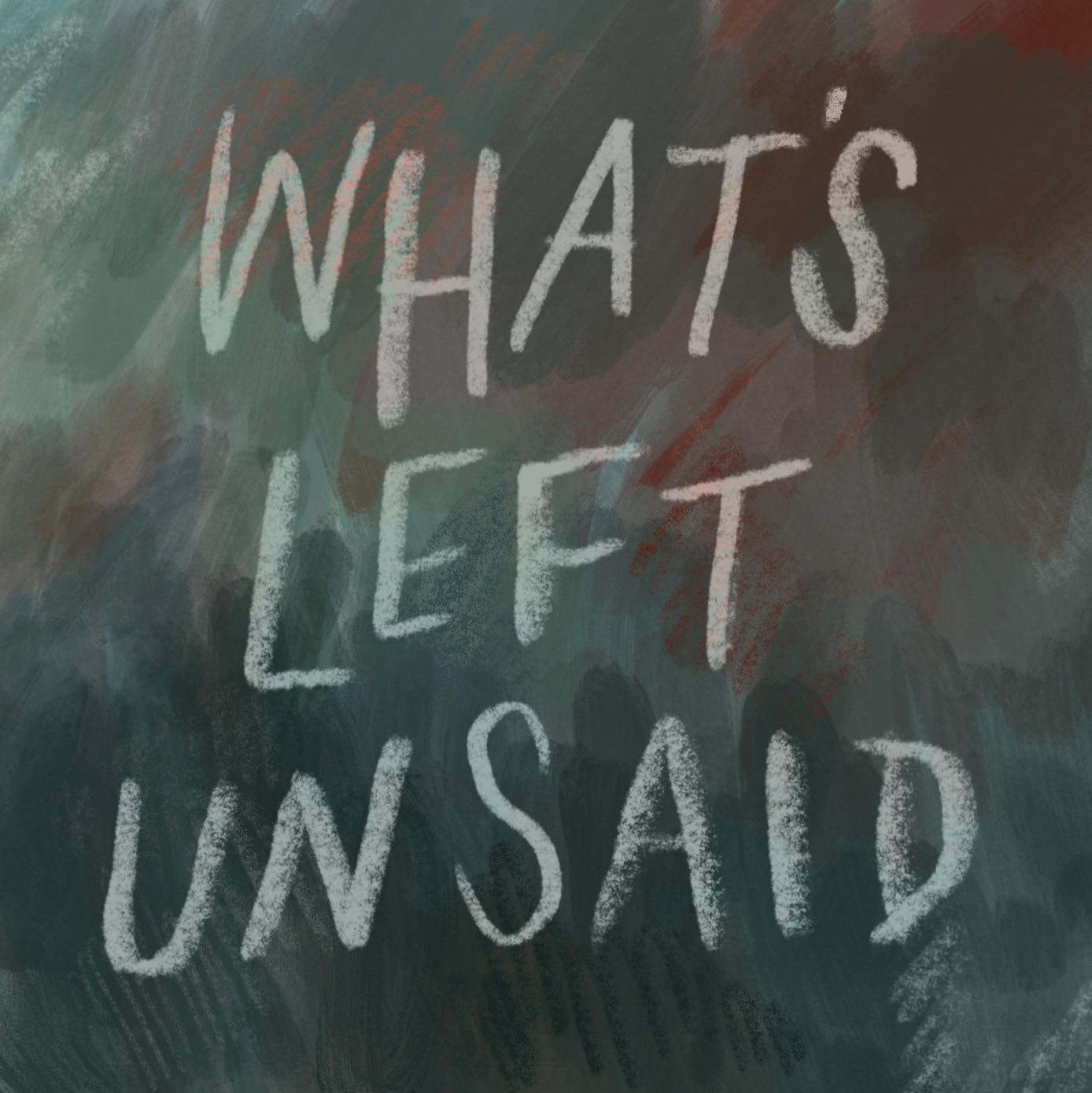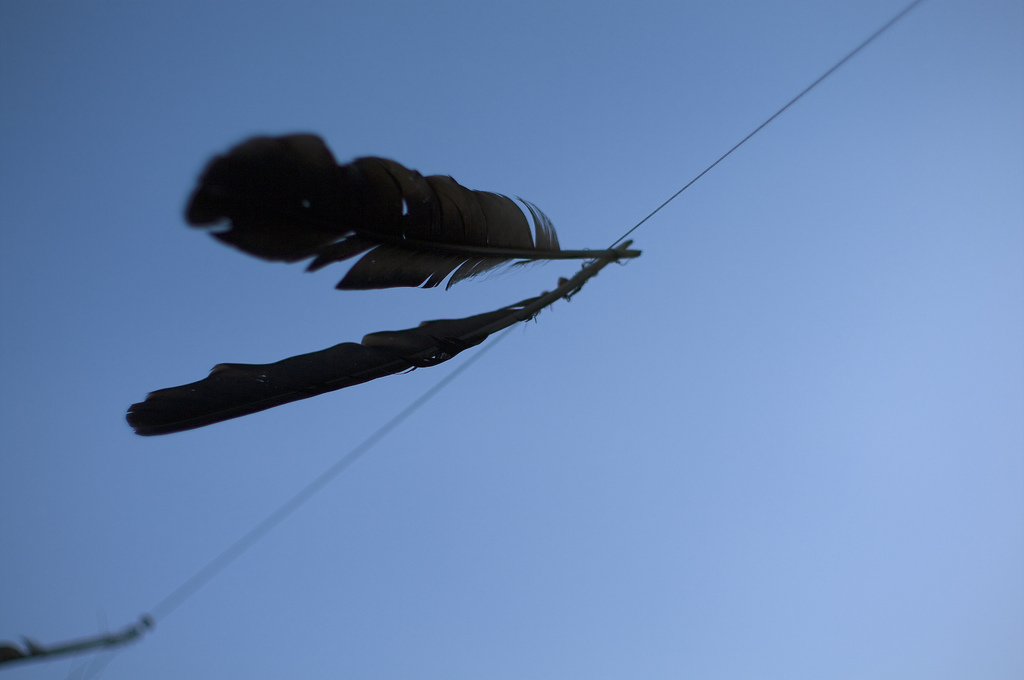
What’s Left Unsaid
“One million women in France have abortions every year,” the Manifesto of the 343 begins. “Condemned to secrecy, they do so in dangerous conditions. Society is silencing these millions of women. I declare that I am one of them. I declare that I have had an abortion.”
I first read these words in May 2022, a month that witnessed the overturning of Roe v. Wade by the United States Supreme Court. The landmark 1973 court case was a turning point for women’s rights by legalising abortion nationwide, and its shocking overturn reveals the tightening far-right control exerted by the state on women’s bodies. Once a simple medical procedure, abortion is now a luxury few could access.
America has not been silent in the face of this injustice. Thousands have gathered in the streets to protest against the ruling, voicing their fears as women continue to lose their constitutional rights. Prominent women have shared their distress in the streets and on social media, including Phoebe Bridgers, Whoopie Goldberg, and Uma Thurman, who have publicly discussed their own abortion experiences. For me, however, the words that have resonated most were not those spoken on television or shared on social media – they were words from another country, from another time, now nearly forgotten.
The year was 1971, the setting Paris, France. The country was still fragile after the fateful events of May 68 as it struggled to realise its vision of unity. The aim of these protests was to thrust the politics of the day into a new era. But despite this forward-facing approach, the France continued to lag behind other Western countries in women’s liberation. French women were not granted suffrage until 1944, over twenty years after the United States and the United Kingdom, and now, those seeking an abortion were forced to travel in secrecy to the U.K., where the procedure was legalised in 1967.
Although patriarchal and Catholic France continued to treat women as second-class citizens, the rise of second-wave feminism and abortion rights movements in the U.S. and U.K. brought the right to choose to the forefront of feminist consciousness. At the height of global second-wave feminism, the Manifesto of the 343 was printed in the magazine Le Nouvel Observateur on April 5, 1971, calling for the legalisation of abortion and access to free contraception. Writing a manifesto intended for widespread publication and distribution, the women seized one of the only means of power available to them in a gender-segregated political sphere: their voice.
In a ground-breaking act of civil disobedience, 343 French women publicly disclosed that they had undergone a medical abortion. Risking prosecution, these martyrs of feminism raised the profile of pro-choice activism and posited abortion, not only as a subject of public discussion, but as a fundamental human right. Although many of the most famous signatories were celebrities or nationally respected figures in their fields, ordinary women also lent their voices to the cause. The manifesto broke the national silence surrounding reproductive rights and demonstrated that abortions were not evidence of moral depravity or desperate financial circumstances, but an everyday reality affecting women. By openly acknowledging the underground illegal procedure in such a public way, the signatories ensured that no one could ignore their calls for change.
The manifesto’s notoriety largely arose from its famous supporters, having been written by prominent feminist philosopher Simone de Beauvoir and signed by leading members of Parisian high society, such as filmmaker Agnès Varda, writer Marguerite Duras, and academic Monique Wittig. The activists correctly surmised that the authorities would not prosecute such high-profile women on account of the difficulty of proving they had had an illegal abortion. Furthermore, the revelation that these successful women had undergone abortions forced everyday citizens to confront their own prejudices regarding the procedure.
The shockwaves caused by the Manifesto of 343 reverberated across the political sphere, most notably in the 1972 Bobigny abortion trial, which received national attention in the French press. Marie-Claire Chevalier, a working-class teenage girl, was brutally raped by her male classmate. After becoming pregnant, Marie-Claire sought an underground abortion with the help of her mother. Because of the unregulated and unsafe conditions, Marie-Claire suffered severe and life-threatening haemorrhaging and was admitted to hospital. After her abortion was revealed by her rapist, she was arrested and imprisoned, setting the stage for a conflict between the Catholic authority and women’s rights activists.
Together, de Beauvoir and attorney Gisele Halimi took their activism to Bobigny. During the landmark abortion trial, they testified for the morality of abortion and presented their own experiences helping other women access the procedure. In doing so, they provoked public sympathy for the defendant. As a Jewish-Muslim woman living in a Catholic country, Halimi had experienced firsthand the racial and economic factors that disenfranchised lower-class and minority women, and during the trial, she argued that abortion laws unfairly prosecuted poor women. In her 1973 book, Le procès de Bobigny, Halimi defended Marie-Claire’s right to an abortion as a “citizen act of civil disobedience.”
For her part, de Beauvoir used her platform as a character witness at the trial to advocate powerfully for abortion as an act that would enable women to achieve true political and social equality through bodily autonomy. “The law is set up to oppress women,” she testified, contending that patriarchal control of society hinged on women’s oppression. She argued that if women could choose when to have children, they would be able to achieve equality on all levels, and present themselves as professional rivals to men. De Beauvoir acknowledged that the law oppressed women from all social classes, but proclaimed that it reinforced socioeconomic inequality by bringing charges “against a few women always chosen from among the most underprivileged,” noting that “you would never see the wife of a judge, a government official, or a great industrialist sitting in the place where the accused are sitting today.” Since the publication of The Second Sex, she had been preoccupied with the hypocrisy of bourgeoise Catholic morality surrounding abortion. Several of her early short stories advocate for women’s right to choose by depicting desperate economic circumstances, disgust from wider society, and rage at the helplessness of the human condition.
In her novel, The Blood of Others, the heroine Helene Bertrand undergoes an abortion as an act of self-sacrifice for the male World War II hero Jean Blomart. Although Helene describes the unsanitary conditions of the abortion room, she feels a great sense of relief after: “I can’t believe it. I feel so well!” Helene’s conviction in her own decision – “It’s for me to choose” – presages the advent of pro-choice advocacy in second-wave feminism. Although de Beauvoir briefly contended that she had once had an abortion at the Bobigny trial, scholars agree this likely never occurred. Her status as one of the most powerful and well-respected women in France, however, forced spectators to confront their own prejudices regarding the procedure.
These class and racial inequalities in healthcare continue to be reinforced today. While wealthy women will always be able to afford travel and abortion care, poor, young, and minority women living in American States that have criminalised abortion will disproportionately face the consequences. 59% of women seeking abortions, for instance, are at high risk of poverty and cannot afford to care for potential children. While de Beauvoir may have generalised the circumstances of working-class women, she still fulfilled her intentions. Her testimony not only provided powerful evidence that many women who resorted to illegal abortions, it also presented the reproductive right to choose as a matter of civil rights. Without bodily autonomy, she influentially argued, women would never be able to achieve true social and economic equality with men.
Halimi and de Beauvoir’s words reverberated out of the courtroom and around France. While the Manifesto of 343 and the Bobigny trial did not trigger women’s liberation overnight, they reflected shifting public opinion, setting in motion a rapid series of events. After being satirised in the periodical Charlie Hebdo, the manifesto received national attention. The document was also the inspiration for a 1973 manifesto signed by 331 French doctors admitting they had performed abortions and declaring their support for reproductive rights:
“We want freedom of abortion. It is entirely the woman’s decision. We reject any entity that forces her to defend herself, perpetuates an atmosphere of guilt, and allows underground abortions to persist.”
The shockwaves caused by the manifesto’s publication signalled that the public tide was turning. Responding to the women’s grassroots activism, legislators soon put abortion up for debate in the National Assembly. In 1974, the socialist presidential candidate François Mitterrand promised to repeal laws against abortion. His election paved the way for the adoption of the 1975 ‘Veil law’, named for Health Minister Simone Veil, that repealed the penalty for terminating a pregnancy during the first ten weeks. Although most women in France still faced oppression, signing the manifesto as an act of civil disobedience proved to be an effective step in bringing reproductive rights into public discourse. By vocalising the reality of abortion, they resisted the stigma and shame surrounding the procedure and demanded that the state take action to guarantee them bodily autonomy.
In refusing to be silenced, abortion activists today resist the stripping away of their rights, learning from the activists of decades past to continue the fight into the future. Just like the Manifesto’s original signatories, contemporary protestors face the paralysis of political oppression and a far-right conservative tide. Although it may seem as if the clock has been turned back to a darker, pre-Roe time, we can now learn from the activists of fifty years ago for inspiration to continue the fight today. The Manifesto of the 343 reminds us that not only that abortion is an experience that touches millions of women’s lives, but that millions more can band together to destigmatise and defend their right to the procedure. Women everywhere continue to join the fight that the manifesto began, armed with only the power of their voices. ∎
Words by Eliza Browning. Art by Poppy Williams.







